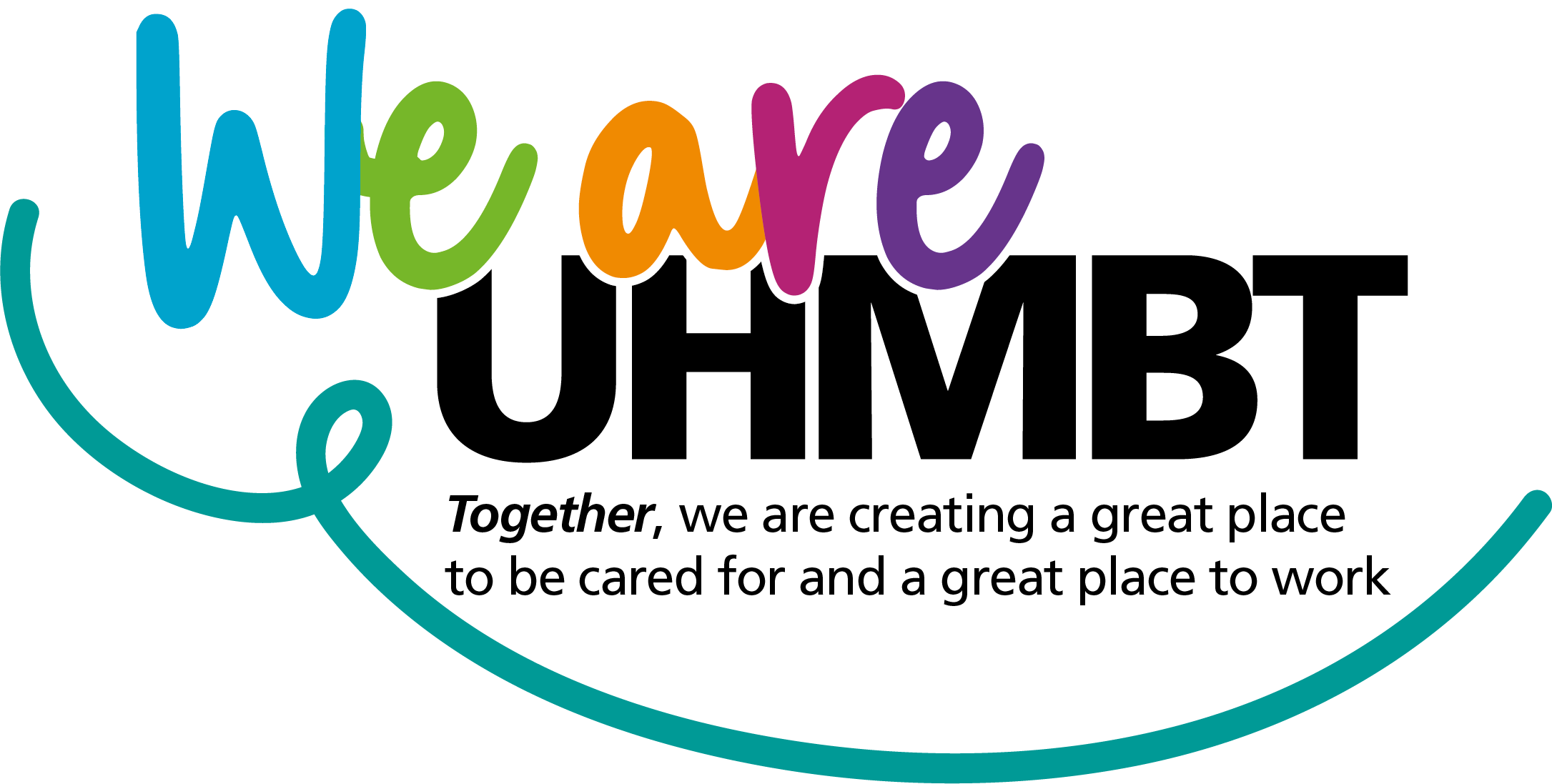Disproportionate burden assessment - documents published after 23 September 2018
We always aim to make content on this website accessible. However, we have assessed that ensuring every document published on our website meets the accessibility legislation would be a disproportionate burden.
We know some PDF, Excel, PowerPoint and Word documents on our website are not fully accessible and that it is likely that documents uploaded in the future in these formats are unlikely to be fully accessible.
This is something we’re working to improve on. If you need any information from this website in a different format please contact the Corporate Communications team on communications.team@mbht.nhs.uk
We have assessed that ensuring every document published on our website meets the accessibility legislation would be a disproportionate burden.
Scope
Our assessment looks at PDF, Excel, PowerPoint and Word documents that are not essential to the provision of our services and patient care. This includes, but may not be limited to, our annual report and accounts, public board papers, as well as some policies, procedures, strategies, plans, reports and third party documents. These files do not consistently meet accessibility standards such as:
- Non-text content
- Info and relationships
- Meaningful sequence
- Contrast (Minimum)
- Page titled
- Focus order
- Headings and labels
We continue to make regular improvements to the accessibility of any new versions of these documents and are working on a plan to help teams across our Trust create accessible documents wherever possible. See our accessibility roadmap.
However, we cannot guarantee full accessibility at this time. This is in part due to the format of financial data and performance reports as well as the complexities of some information.
We are committed to making all documents relating to patient care and the provision of our services available as HTML web pages and, where necessary, as accessible documents. We will always make information and documents that are essential to providing patient care accessible, for example our Patient Information Leaflets.
Most of the information on our site is fully accessible already.
Benefits
The benefits of making these documents into accessible HTML web pages are:
- Information would be accessible to everyone.
- Information would be easier to search and index.
Burden
Our assessment of the burden of making these documents into accessible HTML web pages is that:
- There are thousands of PDF, Word, Excel and PowerPoint files published on our website.
- Each document would need to be reviewed for accessibility. Many are likely to require several hours’ work to become accessible. We estimate between two and thirty hours per document, depending on the length, complexity, and any sign off required. Based on a conservative estimation – 1000 documents taking 2 hours to fix would take a member of staff over a year to check and fix all documents.
- Some documents, such as our board papers, are compiled by multiple people shortly before they are legally required to be available to the public.
- Many of the documents are part of our legislative duty as an NHS Foundation Trust, e.g. annual reports, and publishing a new version may require detailed checking, a formal sign-off process, and submitting a new official version.
- Many of the documents contain complex elements which are difficult to retrospectively convert, such as detailed tables, graphs, and diagrams.
Other factors
- Our focus is to ensure that any documents relating to patient care and those essential to the delivery of our services are accessible and meet the needs of patients, carers, and people living in our communities.
- Interest in the documents within the scope of this assessment is very low.
- We have and will always provide people with accessible versions of these documents on request.
- In the last 12 months, we have had zero requests for accessible versions of any documents published on our website.
Assessment
Where documents are no longer in active use, or no longer being updated, there is a high cost in terms of employee hours to convert. These documents are part of the public record, but no longer represent the current position and interest is very limited.
We will always respond to requests for our publications in different formats on a case-by case basis, so accessible versions are available on demand, with a short lead-time. We consider that the costs of converting documents where there is little evidence of demand would be a poor use of limited employee time and would represent a disproportionate burden on the organisation in terms of cost.
Last updated: 18 September 2023

